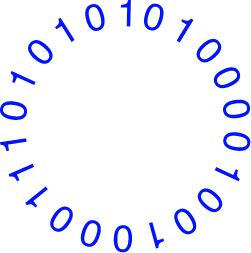For the original article, click here.
In 2018, California saw its most destructive wildfire. The cause was a poorly maintained electrical transmission line. The founders of what is now AiDash recoiled at the destruction and were drawn to the satellite images of its extent. They wondered what information satellite images might yield to find the cause of the fire or even prevent it in the future. At the same time, they saw AI and satellite imagery had matured into mainstream, dependable technologies that continued to accelerate. In 2019, the serial entrepreneurs Abhishek Singh and Rahul Saxena got to work and pulled in Nitin Das to start AiDash.

Utilities spent approximately $25 billion on vegetation management globally in 2022, expected to climb to almost $40 Billion by 2029. That is “the single largest line item in annual O&M budgets,” said Abhishek. The scale and urgency of the problem meant they had their first paying customer within weeks.
Their tools reduce friction around a seemingly simple problem that touches all aspects of the organization. “We provide full-stack business applications focusing on solving a real business problem, not science projects.”
Potential customers are finding that the cost of trimming vegetation is escalating faster than their budgets. Everyone knows how fast costs have climbed, and this is no different, with the average price of trimming a mile of line increasing 100% in the last ten years. Vegetation also doesn’t grow predictably, as anyone disappointed in their vegetable garden knows. This means companies either spend budgets inefficiently by cutting on a set schedule or spend money observing and checking risks. This is where AiDash comes in. Their systems use satellite imagery and AI-based prediction to assess the state of vegetation along an electric utility’s rights of way. The results are prioritization and recommendation of vegetation issues. Prioritization is essential because deploying budgets most efficiently means more actual risks can be reduced.
This work has become more critical due to the surge in energy demand from broad electrification and growing sources of demand like AI. Major stakeholders understand a need to increase energy transmission and distribution by 3x in the US to achieve emissions goals. “Governments – federal, state and local – clearly recognize there’s a need to modernize the grid,” said Abhishek.
Grid reliability is more critical as everything electrifies since more and more households rely on power for all basic needs. “Weather-related blackouts due to fallen trees have become a norm in the United States and elsewhere.. Trees are the single largest cause of electric power outages, causing more than 70% of system outages,” said Abhishek. These tailwinds are one of the reasons that AiDash closed an oversubscribed Series C funding round recently at $58.5 million. The funds will be used to double their team to over 600 employees in two years and set up a European headquarters. It’s a great example of solving a specific problem and macro tailwinds that have allowed Abhishek and the team to build a massive business.
